Safe Work Australia has developed a fact sheet on the r
Safe Work Australia has updated the Guide to managing the risks of rooftop solar installation work with guidance for managing the w
Rooftop solar installation work involves serious work health and safety risks, including working at heights, falling objects, heat stress and working with electricity.
Our Guide to managing the risks of rooftop solar installation work assists duty holders, primarily PCBUs, to manage the risks to health and safety associated with rooftop solar installation work.
This infographic outlines practical steps for managing the WHS risks of working outside in summer, including risks from heat, sun exposure, adverse weather conditions and bushfires.
Further advice
Exposure to solar ultraviolet radiation (UVR) is a risk for anyone who works outside. Solar UVR is not only a hazard when working in direct sunlight, it can also be reflected off certain materials, such as concrete, metal, snow and sand.
This infographic has information about working safely in bushfire smoke.
For more information go to the Working outside page
About this seminar
Heat is a hazard that can cause heat-related illness and increase the risk of work-related injury.
In some circumstances, you have a right to stop or refuse to carry out unsafe work. You have this right if you have reasonable concern of a serious risk to your health and safety. You must inform the PCBU as soon as you can that you have ceased work.
Persons conducting a business or undertaking (PCBUs) and workers should be aware of any bushfires near your work area. Follow instructions and advice from emergency services and ensure you can evacuate the area if needed.
If you work outside, you’re at risk of exposure to air pollution. Events such as dust storms and bushfires may reduce outdoor air quality. Reduced air quality may pose health and safety risks.
If you work outside, you’re at risk of exposure to ultraviolet radiation from the sun, even when it’s cloudy.
If you work outside, you may experience potentially hazardous weather conditions, including:
-
storms
-
wind
-
rain
-
lightning
-
fog
Everyone in the workplace has WHS duties under the model WHS Act.  
There are several factors that increase the risk of getting sick from the heat in the workplace. This checklist will help you work out if you have a risk of heat-related illness at your workplace.
The follow provides information about common enquiries for working in heat.
See more information on managing the risks of heat in the workplace below.
Everyone in the workplace has work health and safety duties under the model WHS Act
This page provides guidance on first aid for heat-related illness. It includes what to do in the case of dehydration, heat rash and cramps, and fainting. If you think a person may have heat exhaustion or heat stroke, call an ambulance immediately.
Working in heat can be hazardous and can cause harm to workers. As a person conducting a business or undertaking, you have a duty to keep workers and your workplace safe from the risks of working in heat.
Bushfire smoke can affect your health and safety at work.
This guide provides information on managing the risks of solar ultraviolet rad
This model Code of Practice provides guidance on providing first aid in the workplace.
It includes information on:
-
first aid kits
-
procedures
-
facilities
This model Code of Practice has been developed to provide practical guidance for persons who have duties to manage risks to health and safety under the WHS Act and Regulations applying in a jurisdiction.
This model Code of Practice provides guidance on how to provide and maintain a physical work environment that is without risks to health and safety.
It covers:
